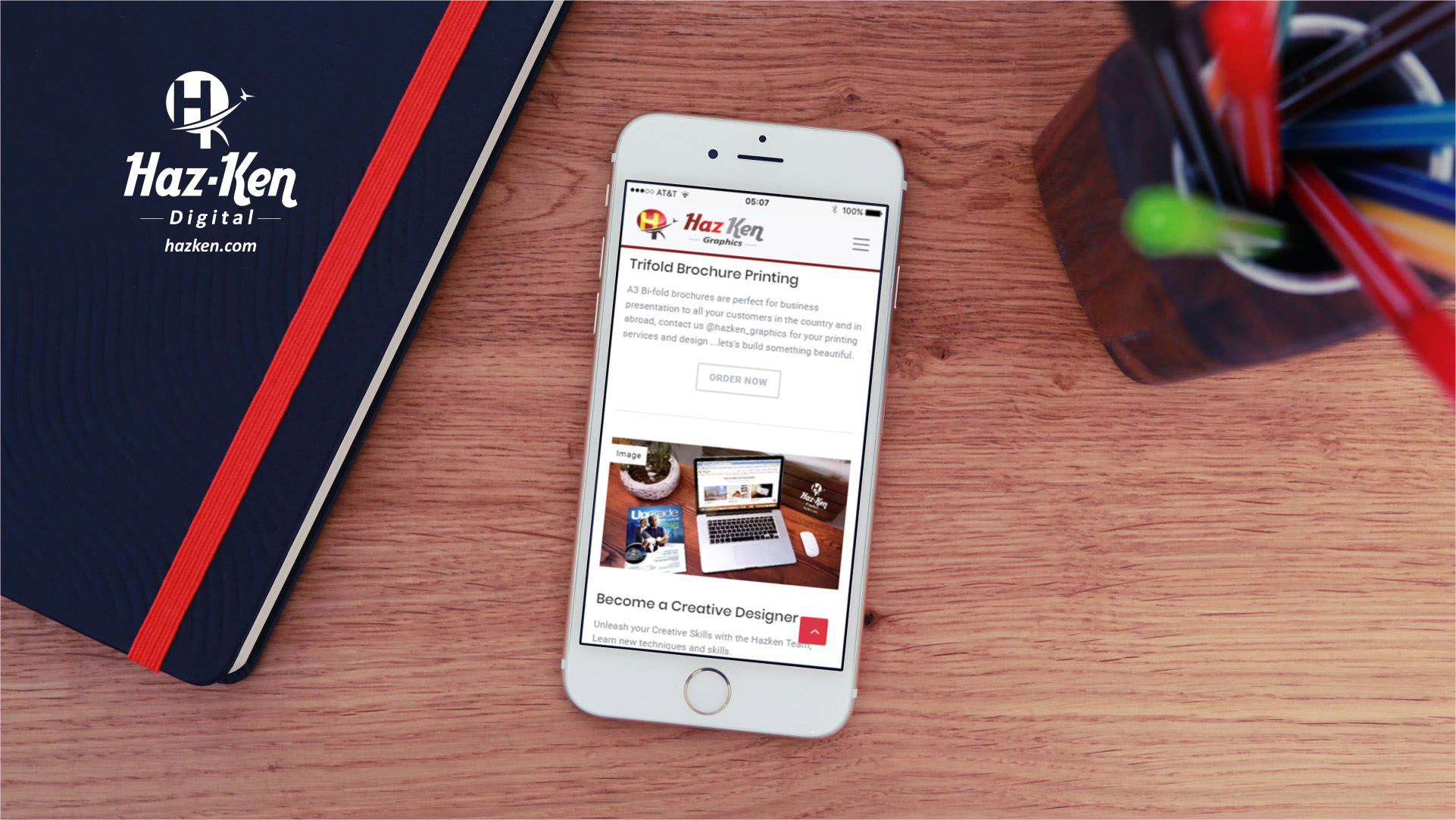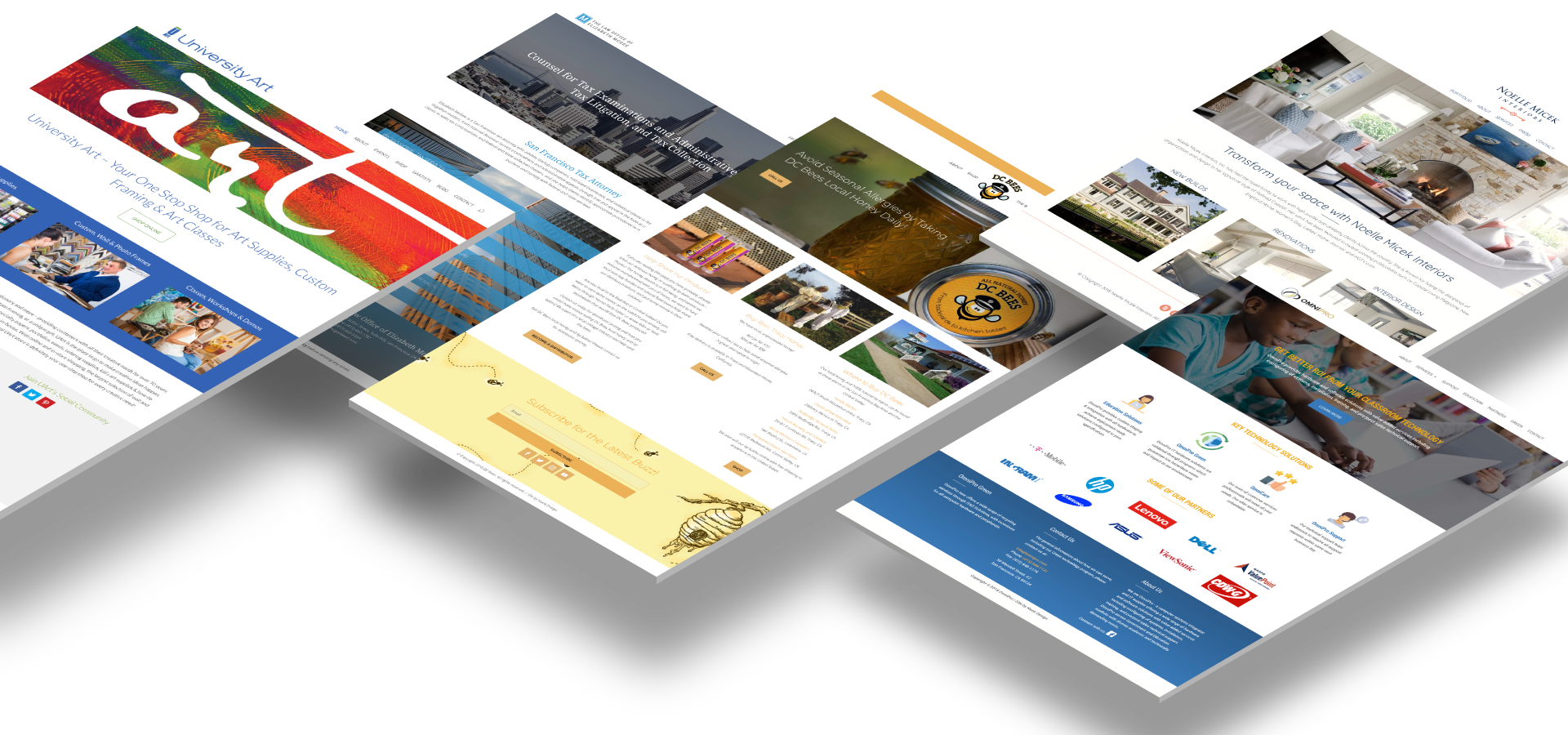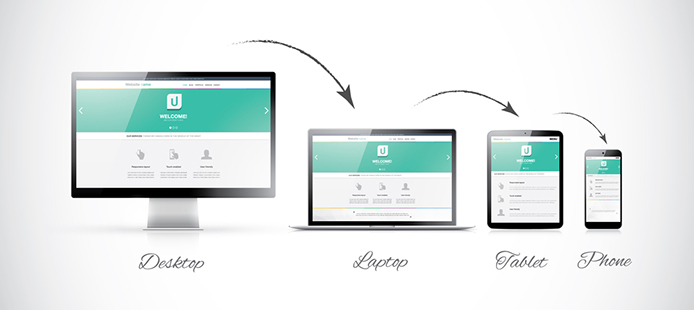Finest Practices For E-Commerce UI Web Design
When you visualize buyers moving through the e-commerce websites you construct, you basically anticipate them to follow this journey:
• Step 1: Enter on the homepage or a category page.

• Step 2: Use the navigational aspects to orient themselves to the shop and absolutely no in on the particular things they're looking for.
• Step 3: Review the descriptions and other essential purchase information for the items that stimulate their interest.
• Step 4: Customize the product specifications (if possible), and after that include the items they want to their cart.
• Step 5: Check out.
There are variances they might bring the way (like exploring related products, perusing different classifications, and saving products to a wishlist for a rainy day). For the most part, this is the leading pathway you develop out and it's the one that will be most greatly taken a trip.
That being the case, it's especially crucial for designers to no in on the user interface elements that consumers come across along this journey. If there's any friction within the UI, you will not just see a boost in unforeseen discrepancies from the path, but more bounces from the site, too.
So, that's what the following post is going to focus on: How to ensure that the UI along the buyer's journey is attractive, instinctive, interesting, and friction-free.
Let's take a look at 3 parts of the UI that buyers will come across from the point of entry to checkout. I'll be using e-commerce sites built with Shopify to do this:
1. Create A Multifaceted Navigation That Follows Shoppers Around #
There as soon as was a time when e-commerce sites had mega menus that buyers needed to arrange through to find their preferred item categories, sub-categories and sub-sub-categories. While you might still face them nowadays, the much better choice is a navigation that adapts to the buyer's journey.
THE MAIN MENU #
The first thing to do is to streamline the main menu so that it has just one level below the main classification headers. For instance, this is how United By Blue does it:
The item classifications under "Shop" are all neatly organized below headers like "Womens" and "Mens".
The only exceptions are the categories for "New Arrivals" and "Masks & Face Coverings" that are accompanied by images. It's the same reason why "Gifts" remains in a lighter blue typeface and "Sale" remains in a red font style in the main menu. These are super timely and pertinent categories for United By Blue's consumers, so they should have to be highlighted (without being too disruptive).
Going back to the site, let's take a look at how the designer was able to keep the mobile website organized:
Rather than diminish down the desktop menu to one that buyers would require to pinch-and-zoom in on here, we see a menu that's adapted to the mobile screen.
It requires a few more clicks than the desktop site, but shoppers should not have a problem with that because the menu doesn't go unfathomable (once again, this is why we can't utilize mega menus anymore).
ON THE PRODUCT RESULTS PAGE #
If you're constructing an e-commerce site for a customer with a complicated stock (i.e. great deals of products and layers of classifications), the item results page is going to need its own navigation system.

To help consumers limit the number of items they see at a time, you can include these 2 aspects in the design of this page:
1. Filters to narrow down the outcomes by item spec.
2. Arranging to buy the items based on shoppers' priorities.
I've highlighted them on this item results page on the Horne site:
While you could store your filters in a left sidebar, the horizontally-aligned style above the outcomes is a better option.
This space-saving style allows you to show more items at the same time and is also a more mobile-friendly option:
Remember that consistency in UI style is essential to shoppers, particularly as more of them take an omnichannel approach to shopping. By presenting the filters/sorting alternatives regularly from gadget to gadget, you'll create a more predictable and comfortable experience for them at the same time.
BREADCRUMBS & SEARCH #
As shoppers move deeper into an e-commerce site, they still might need navigational support. There are two UI navigation elements that will help them out.
The very first is a breadcrumb trail in the top-left corner of the product pages, similar to how tentree does:
This is best utilized on websites with categories that have sub-categories upon sub-categories. The additional and more consumers move far from the product results page and the convenience of the filters and arranging, the more crucial breadcrumbs will be.
The search bar, on the other hand, is a navigation element that ought to always be offered, regardless of which point in the journey consumers are at. This opts for shops of all sizes, too.
Now, a search bar will certainly help shoppers who are brief on time, can't find what they need or simply want a faster way to a product they already understand exists. An AI-powered search bar that can actively predict what the consumer is looking for is a smarter option.
Here's how that works on the Horne website:
Even if the consumer hasn't finished inputting their search expression, this search bar starts providing suggestions. Left wing are matching keywords and on the right are top matching items. The ultimate objective is to speed up shoppers' search and minimize any stress, pressure or disappointment they might otherwise be feeling.
2. Program The Most Pertinent Details At Once On Product Pages #
Vitaly Friedman recently shared this tip on LinkedIn:
He's right. The more time visitors have to spend digging around for significant details about an item, the higher the opportunity they'll just quit and attempt another shop.
Shipping alone is a big sticking point for numerous consumers and, regrettably, too many e-commerce sites wait till checkout to let them know about shipping costs and delays.
Because of this, 63% of digital shoppers end up deserting their online carts due to the fact that of shipping expenses and 36% do so because of the length of time it takes to receive their orders.
Those aren't the only information digital shoppers want to know about ahead of time. They also wish to know about:
• The returns and refund policy,
• The regards to use and privacy policy,
• The payment options readily available,
• Omnichannel purchase-and-pickup choices readily available,
• And so on.
But how are you anticipated to fit this all in within the first screenful?

PRESENT THE 30-SECOND PITCH ABOVE THE FOLD #
This is what Vitaly was discussing. You don't have to squeeze each and every single information about a product above the fold. But the shop should be able to offer the product with just what's in that area.
Bluebella, for instance, has a space-saving design that does not jeopardize on readability:
With the image gallery relegated to the left side of the page, the rest can be devoted to the product summary. Because of the differing size of the header font styles in addition to the hierarchical structure of the page, it's easy to follow.
Based on how this is created, you can tell that the most essential information are:
• Product name;
• Product rate;
• Product size selector;
• Add-to-bag and wishlist buttons;
• Delivery and returns info (which nicely appears on one line).
The rest of the item information have the ability to fit above the fold thanks to the accordions used to collapse and expand them.
If there are other crucial information consumers may require to comprise their minds-- like product evaluations or a sizing guide-- construct links into the above-the-fold that move them to the relevant sections lower on the page.
Quick Note: This design won't be possible on mobile for obvious factors. So, the item images will get top billing while the 30-second pitch appears simply listed below the fold.
MAKE EXTRA UI ELEMENTS SMALL #
Even if you're able to concisely provide the product's description, extra sales and marketing components like pop-ups, chat widgets and more can end up being simply as frustrating as lengthy product pages.
Make sure you have them saved out of the method as Partake does:
The red sign you see in the bottom left makes it possible for consumers to manage the ease of access features of the site. The "Rewards" button in the bottom-right is in fact a pop-up that's styled like a chat widget. When opened, it invites shoppers to sign up with the commitment program.
Both of these widgets open just when clicked.
Allbirds is another one that consists of additional elements, but keeps them out of the method:
In this case, it includes a self-service chat widget in the bottom-right that has to be clicked in order to open. It likewise puts info about its current returns policy in a sticky bar at the top, freeing up the product pages to strictly concentrate on item details.
3. Make Product Variants As Easy To Select As Possible #
For some items, there is no decision that buyers have to make other than: "Do I want to add this item to my cart or not?"
For other items, buyers need to specify product variants prior to they can add an item to their cart. When that's the case, you want to make this procedure as pain-free as possible. There are a couple of things you can do to guarantee this occurs.
Let's state the shop you develop offers ladies's undergarments. In that case, you 'd need to offer variations like color and size.
However you wouldn't wish to just develop a drop-down selector for each. Think of how tedious that would get if you asked consumers to click on "Color" and they needed to sort through a dozen approximately alternatives. Also, if it's a standard drop-down selector, color swatches may not appear in the list. Instead, the shopper would need to pick a color name and wait for the product picture to update in order to see what it looks like.
This is why your versions must determine how you develop each.
Let's utilize this product page from Thinx as an example:
There are 2 variations available on this page:
• The color variation web design gold coast shows a row of color swatches. When clicked, the name of the color appears and the item picture changes accordingly.
• The size variant lists sizes from extra-extra-small to extra-extra-extra-large.
Notification how Size comes with a link to "size chart". That's because, unlike something like color which is pretty specific, sizing can change from store to shop in addition to region to area. This chart provides clear guidance on how to select a size.
Now, Thinx utilizes a square button for each of its versions. You can switch it up, however, if you 'd like to produce a difference between the choices consumers need to make (and it's probably the better design option, to be sincere).
Kirrin Finch, for instance, puts its sizes inside empty boxes and its color examples inside filled circles:
It's a little distinction, however it must be enough to help consumers shift smoothly from decision to choice and not miss any of the required fields.
Now, let's state that the shop you're developing doesn't offer clothing. Instead, it offers something like beds, which obviously won't consist of choices like color or size. At least, not in the very same way similar to clothes.
Unless you have popular abbreviations, symbols or numbers you can utilize to represent each variant, you ought to utilize another kind of selector.
This is a product page on the Leesa site. I've opened the "Pick your size" selector so you can see how these alternatives are shown:
Why is this a drop-down list as opposed to boxes?
For beginners, the size names aren't the very same length. So, box selectors would either be inconsistently sized or some of them would have a lots of white space in them. It actually would not look great.
Likewise, Leesa carefully uses this small space to supply more details about each mattress size (i.e. the typical vs. price). Not just is this the finest style for this specific alternative selector, however it's likewise a terrific way to be effective with how you present a lot of information on the item page.
A NOTE ABOUT OUT-OF-STOCK VARIANTS #
If you want to remove all friction from this part of the online shopping procedure, ensure you create a distinct style for out-of-stock variations.
Here's a better look at the Kirrin Finch example again:
There's no mistaking which options are readily available and which are not).
Although some buyers might be irritated when they realize the t-shirt color they like is only readily available in a few sizes, imagine how frustrated they 'd be if they didn't learn this up until after they selected all their variants?
If the product choice is the last action they take before clicking "add to haul", do not conceal this details from them. All you'll do is get their hopes up for a product they made the effort to read about, look at, and fall in love with ... just to find it's not readily available in a size "16" up until it's too late.
Finishing up #
What is it they say? Good design is invisible?
That's what we need to keep in mind when creating these essential user interfaces for e-commerce websites. Obviously, your customer's shop requires to be attractive and unforgettable ... But the UI components that move consumers through the site must not give them pause. Simpleness and ease of use need to be your top priority when developing the primary journey for your customer's buyers.
If you're interested in putting these UI design viewpoints to work for new clients, think about signing up with the Shopify Partner Program as a shop developer. There you'll be able to make recurring profits by developing brand-new Shopify shops for customers or migrating stores from other commerce platforms to Shopify.